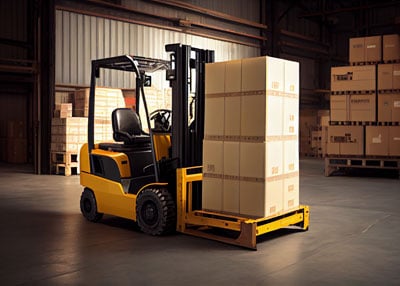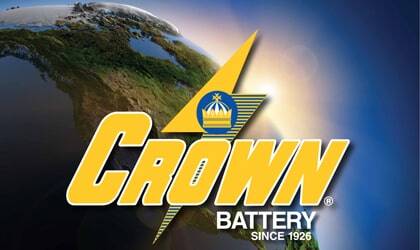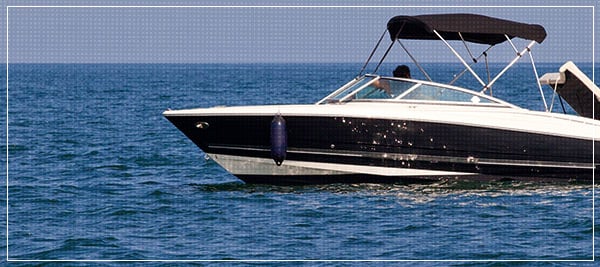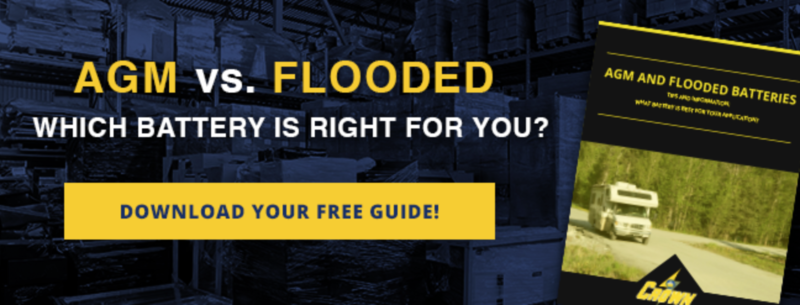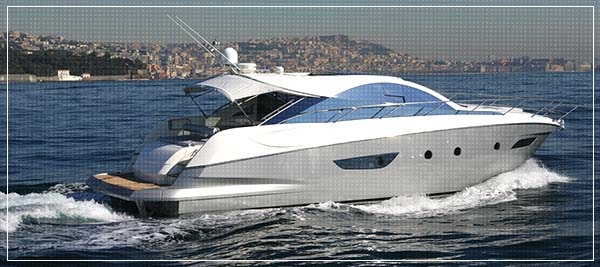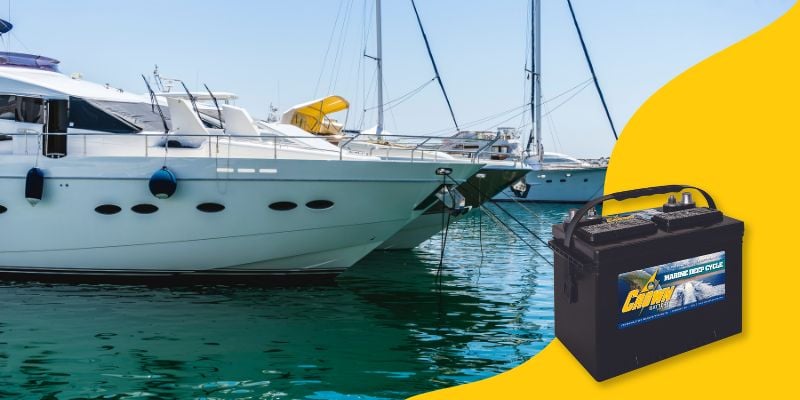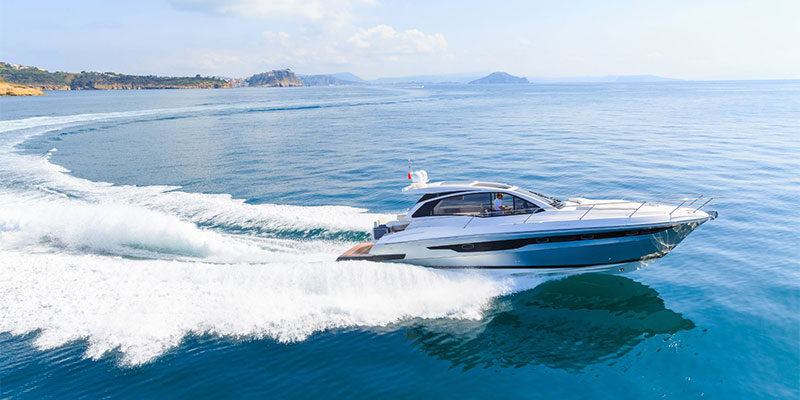The Summer season is here, and if you're a boater, you know how important it is to have the correct marine battery for your boat. But, with the different types of marine batteries on the market, how do you know which is right?
Choosing suitable marine batteries is more than choosing a reliable brand your customers can trust. Even the best battery is only as good as its application and maintenance. This starts with knowing the differences between the two most common types of marine batteries: cranking and deep-cycle marine batteries.
What is a Marine Cranking Battery?
If you need a boat starting battery, a marine cranking battery is a great option. A cranking battery allows a marine vessel to start by sending power to the engine when the ignition switch is activated. For this reason, these batteries are also known as starter batteries. To start a motor, short and intense bursts of energy must be sent from the battery.
Cranking Battery Design Features
The more plate surface area inside the battery, the easier it is for that battery to provide the necessary power. That is precisely why cranking batteries have many thin plates; they increase surface area and make starting a marine vessel as smooth and reliable as possible.
The elements that make a starting battery ideal for cranking an engine also make them less than ideal for continuous discharge or “cyclic” use. That's why deep-cycle marine batteries are another necessity for boaters.
What is a Deep Cycle Marine Battery?
Once a boat's engine has started, it no longer needs the same quick and powerful bursts of energy from a starter battery. Instead, the boat needs continuous, reliable power for trolling—including running electronics like sonar, GPS, and radios.
Deep Cycle Marine Battery Design Features
That’s where deep-cycle marine batteries come in. A deep-cycle marine or trolling battery has several design differences. One key difference is the battery plate: It has fewer, thicker plates allowing the battery to provide continuous power output over long periods. Deep cycle batteries can be entirely drained and recharged often, whereas cranking batteries can't. Deep-cycle marine batteries are much less likely to overheat since their thicker plate construction can withstand high temperatures during heavy currents.
Why You Can't Use the Same Battery for Cranking & Trolling
It can be tempting for any boater to want to minimize accessories and additions to their vessel. But that approach will cost you more money and time in the long run. It is very difficult to combine the performance of a cranking battery and a deep cycle battery into one battery. They’re both intentionally engineered to do completely different things.
When a cranking battery is subjected to continuous use (e.g., trolling), it is subject to overheating and depletion of available capacity. Similarly, when a deep cycle battery is called upon to provide the bursts of energy necessary to start an engine, it won't always perform.
Put another; you’ll usually get the best results and most minor operating costs when you use two separate marine batteries.
Overview of Cranking Battery vs. Deep Cycle Marine Battery:
- A cranking battery ensures a boat can quickly start and get on the water.
- A deep-cycle (trolling) battery keeps operating and runs electronics in any condition.
A third option (for some people): Dual Purpose Marine Batteries
As with many rules - there can be exceptions. And some dual-purpose batteries can work for both cranking and trolling. However, these dual-purpose batteries are not the right option for every boat. Although they mean one less battery to purchase and maintain, like many "2-in-1" options, they do not always allow a vessel to perform at the same level as two batteries would.
For instance, deep cycle batteries are built to withstand many discharges and recharge, while cranking batteries are not. A dual-purpose battery, therefore, falls somewhere in between. Many do not stand up well to total discharges (discharge beyond 50% of usable capacity).
A dual-purpose battery can also be more prone to overheating in harsh conditions, which is certainly not ideal while a boat is out to sea. Still, these types of batteries can work well for short trips if they are used and maintained correctly.
Now that you know which battery options you need — which chemistry is right for you? Click the image below to download our free guide.

